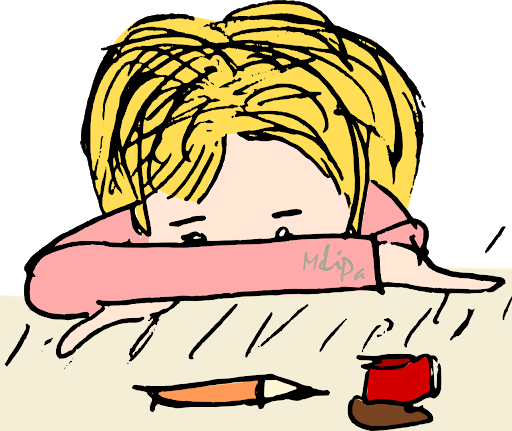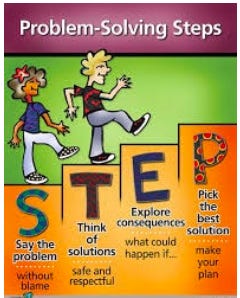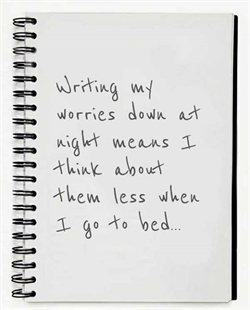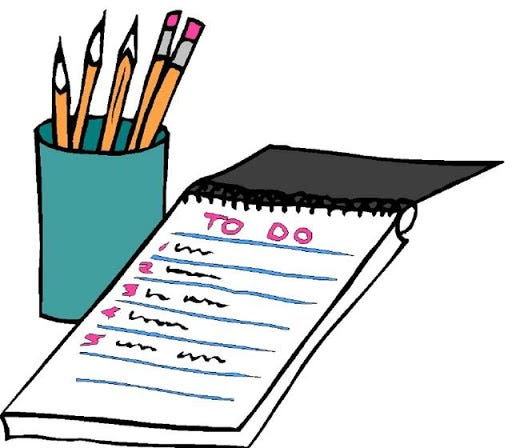Seema is an energetic child. However, today Seema is having trouble getting out of bed. She is sulking and looks scared too. When her parents ask her what happened, she says that she has a stomach ache.
What’s happening to Seema?
Seema is having trouble with simple day to day activities. Her brain feels overworked and is in dire need of a break. In short, she might be feeling stressed or pressured.
What is the difference between stress and pressure?
Stress is a response to too many demands and the inability to manage the resources for the demands. Pressure is the fear of losing something because of the inability to meet expectations.
Stress says- “ I don’t have enough time to complete this work”
Pressure says-“I don’t think I will be able to submit good work”
How do we understand if a child is feeling stressed or pressured?
Zoning Out- A child might seem lost in their thoughts or have trouble processing simple conversations.
Trouble eating and sleeping- They find it difficult to swallow food and have trouble falling asleep.
Aggression- They start getting irritated at little things.
Isolation- They isolated themselves and become quiet all of a sudden.
How can we prevent/ reduce stress and pressure?
Self-care- Teach your children to express emotions. allow them to take mental health days when they need it. Have days where you just hug them and watch a movie. This tells a child that it’s okay to do nothing on some days, it’s okay to take a break and just relax.
Standards- Sometimes children feel under pressure because of the standards set by others or themselves. They feel scared that they won’t be able to live up to those expectations and feel pressured. Help them recognize their efforts and remind them that they are enough.
Problem-solving- Stress occurs when children were unable to come up with solutions. What this does is it sends them down a rabbit hole of vicious thinking. By teaching them problem-solving skills we enable them to come out of this rabbit hole on their own.
Whole-body yes- A whole body yes refers to saying yes to things only if you want to. Sometimes stress happens because we say yes to a lot of things, and then we realize all of a sudden that there is too much on our plate. By teaching kids to say yes to things that are important, we help them prioritize and prevent burnout in the first place
What do we do when the child is feeling stressed or pressured?
Listen- First of all, listen to what the child has to say if they are not saying anything, listen to their non-verbal communication and just sit with them. Let them vent first. Say “ I am here for you” not “ It’s all going to be okay” .“You’ve got this”
Declutter- After a child has vented, help them write down what’s bothering them. Write down everything that’s troubling them on a piece of paper. This helps them take it out of their mind in the first place and calm down.
Action plan- After a child is feeling calm, help them come with an action plan. Break the big problem down into small problems and set achievable deadlines to solve it. Then come up with steps to meet those deadlines.
Be there- This seems simple but isn’t. Sometimes we tend to hurt a child by saying, “ Why didn’t you think of this before? Why were you playing when you were supposed to complete this?”. Children already know this when they are feeling stressed. What they need right now is for someone to help them work through this mess.
Remember, sometimes stress can be good and helps us work through things. However, bad stress can lead to chronic issues in the long term. By helping our little humans manage stress and pressure we teach them to be kind to themselves in the future.










